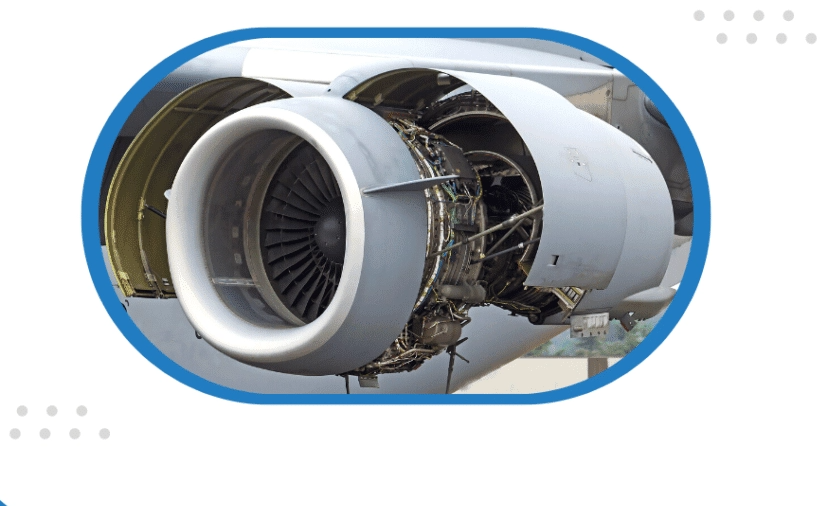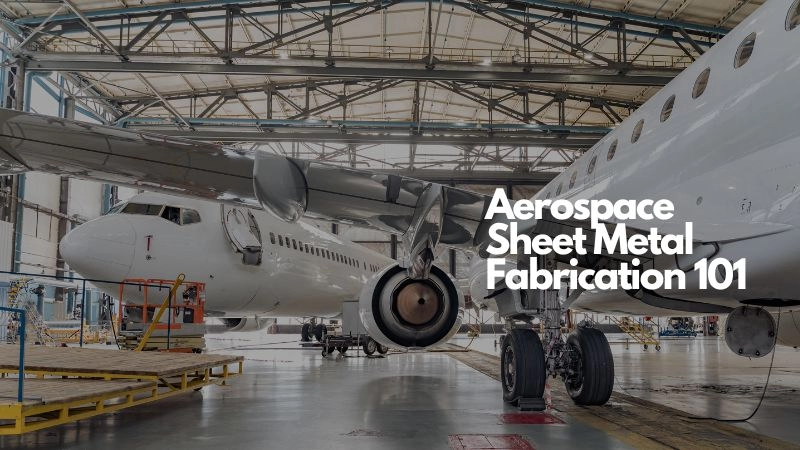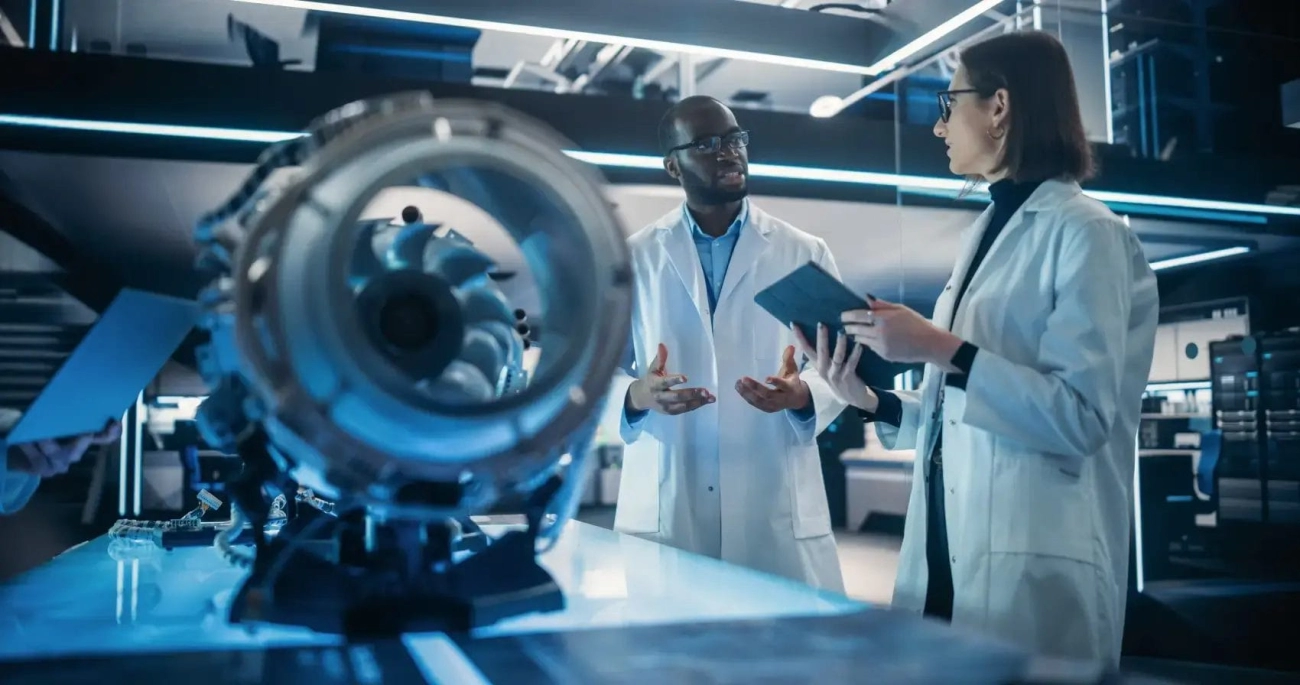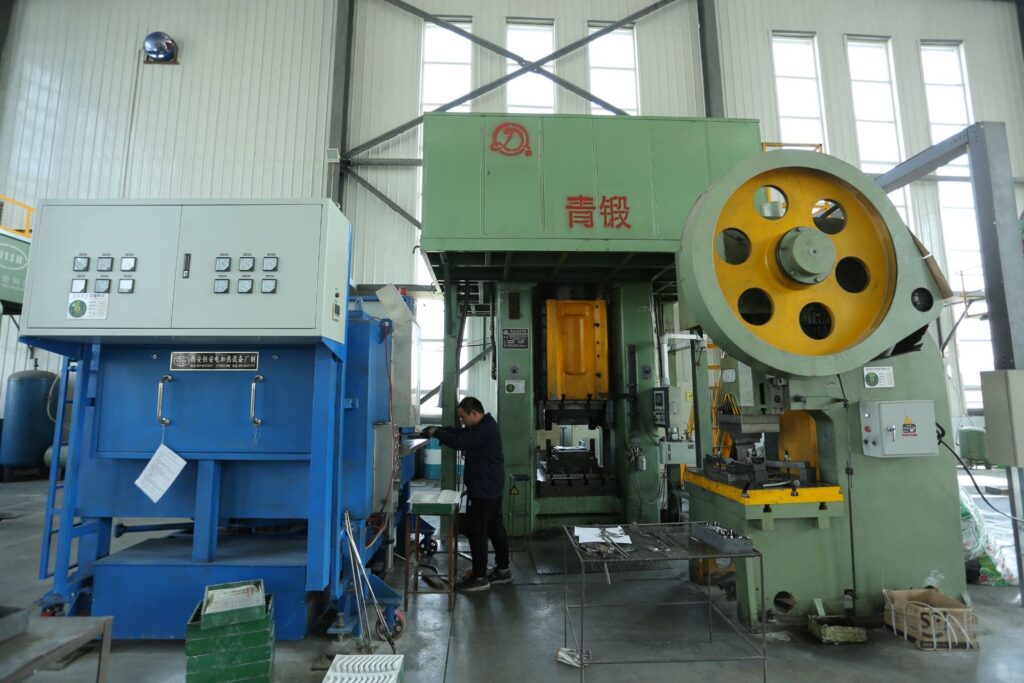Discover precision aerospace sheet metal fabrication techniques, materials, and compliance standards for lightweight durable aircraft components with VastPCC.
If you’re involved in aerospace manufacturing, you already know that aerospace sheet metal fabrication isn’t just another step in production—it’s the backbone of building lightweight, durable, and precision-engineered components that keep aircraft and spacecraft flying safely. But mastering these fabrication techniques means navigating a complex world of cutting-edge materials, tight tolerances, and stringent standards like AS9100 and NADCAP.
In this post, you’ll get a clear, no-fluff look at the essential processes, materials, and compliance challenges critical to aerospace sheet metal fabrication—and discover how VastPCC’s expert solutions help aerospace leaders stay ahead in quality and innovation. Ready to elevate your fabrication game? Let’s dive in.
Why Sheet Metal Fabrication is Essential for Aerospace Applications
Sheet metal fabrication plays a critical role in aerospace manufacturing, powering the production of lightweight, strong, and precise aircraft components. Aerospace applications demand materials and products that can withstand extreme conditions while maintaining structural integrity. This is where sheet metal fabrication shines—offering the precision, flexibility, and durability needed to meet these rigorous requirements.
Core Benefits
- Lightweight strength: Fabricated sheet metals like aluminum and titanium deliver the strength-to-weight ratio crucial for improving fuel efficiency and performance.
- Precision and consistency: Advanced fabrication processes, including laser cutting and precision CNC machining aerospace components, guarantee tight tolerances essential for safety and functionality.
- Customizability: Complex geometries and unique design requirements are achievable through versatile fabrication techniques, supporting innovations in aircraft design.
- Cost-efficiency: Efficient use of materials and optimized manufacturing workflows help control production costs without sacrificing quality.
Real-World Impact and Challenges Addressed
Sheet metal fabrication addresses many challenges in aerospace manufacturing such as maintaining strict quality standards (AS9100 certified fabrication), handling exotic alloys, and meeting the demands of scalable production. Processes like titanium sheet metal forming cater to increasingly sophisticated aircraft designs, while aerospace welding techniques ensure strong, reliable joins without adding unnecessary weight.
Local U.S. Aerospace Hubs
The United States hosts key aerospace hubs where sheet metal fabrication is thriving, including:
- Seattle and Everett, Washington – Major centers for commercial aircraft manufacturing and assembly.
- Palmdale and Mojave, California – Known for aerospace R&D and specialized fabrication.
- Wichita, Kansas – Home to general aviation manufacturing and metalwork expertise.
- Alabama’s aerospace corridor – A growing hub for aerospace production and supply chain innovation.
These regions benefit from a skilled workforce, advanced fabrication infrastructure, and strong regulatory compliance that aligns with NADCAP and ITAR aerospace manufacturing standards.
Understanding why sheet metal fabrication is indispensable helps us appreciate its impact on the aerospace industry—from raw materials to finished aircraft components, fabrication is at the heart of aerospace innovation and safety.
Key Materials in Aerospace Sheet Metal Fabrication Selection and Properties

Choosing the right materials is critical in aerospace sheet metal fabrication. The main players here are aluminum, titanium, stainless steel, and various exotic alloys. Each has its own strengths and is picked based on the part’s specific demands.
- AluminumLightweight and corrosion-resistant, aluminum is the go-to for many aircraft parts. Its good strength-to-weight ratio helps reduce overall aircraft weight, boosting fuel efficiency.
- TitaniumKnown for exceptional strength and high corrosion resistance, titanium is often used in areas that face extreme temperatures or stress. It’s popular in engine components and airframe parts but requires specialized forming techniques like titanium sheet metal forming.
- Stainless SteelUsed for parts requiring durability and resistance to heat and corrosion. Stainless steel is less common than aluminum or titanium but essential for components that must endure harsh environments.
- Exotic AlloysThese include nickel-based alloys and other custom blends designed for specialized aerospace needs, such as jet engine parts. They typically demand precise fabrication methods and rigorous testing.
Selection Criteria
When picking materials, a few things matter most:
- Weight and strength needs
- Resistance to temperature and corrosion
- Fabrication capability, including precision CNC machining aerospace
- Cost and availability
- Compliance with aerospace standards like AS9100 and NADCAP
Emerging Trends and Testing Insights
There’s a growing focus on lightweight composites and advanced alloys that offer even better performance without adding weight. Also, proprietary testing methods are evolving to ensure materials meet strict US aerospace standards. These tests cover everything from tensile strength to fatigue resistance, helping manufacturers avoid costly failures and ensuring parts meet ITAR aerospace manufacturing guidelines.
Choosing the right material is a balancing act, but when done right, it sets the foundation for safe, efficient, and long-lasting aerospace components.
Essential Techniques and Processes in Aerospace Sheet Metal Fabrication

Aerospace sheet metal fabrication relies on precise techniques to meet the strict standards of the industry. Here’s a quick look at the key processes involved:
Cutting Methods
- Laser cutting is popular for clean, accurate cuts on aluminum, titanium, and exotic alloys.
- Waterjet cutting helps with materials sensitive to heat, preserving metal integrity.
- Precision CNC machining is used for detailed and complex shapes with tight tolerances.
Forming and Bending
- Hydroforming shapes lightweight aircraft components with high strength and accuracy.
- Press braking and bending are common for creating bends without cracking the metal, especially in titanium sheet metal forming.
- Roll forming is used for longer parts that need consistent curves or tapered shapes.
Assembly and Joining
- Aerospace welding techniques, including TIG and friction stir welding, ensure strong, clean joints with minimal distortion.
- Riveting remains a standard for fastening parts while maintaining weight efficiency.
- Adhesive bonding is growing as an alternative to metal fasteners for reducing stress points.
Advanced Technologies
- Automation and robotics increase precision and repeatability in complex assembly tasks.
- 3D scanning and CAD/CAM software streamline design-to-production workflows.
- NADCAP compliant metalwork practices make sure every step meets aerospace rigor.
Process Flow Overview
- Material selection based on application needs.
- Cutting sheets to size using laser or waterjet.
- Forming and bending to required shapes.
- Assembly with welding, riveting, or bonding.
- Inspection and quality checks to meet AS9100 certified fabrication standards.
Understanding these steps helps aerospace manufacturers in the U.S. stay competitive by delivering reliable, lightweight, and high-performance components.
Standards Quality Control and Compliance in Aerospace Fabrication
When it comes to aerospace sheet metal fabrication, meeting strict standards is non-negotiable. The regulatory landscape in the U.S. is shaped by bodies like the FAA, ITAR, and NADCAP, which set clear rules to ensure safety, reliability, and traceability. These regulations help keep every component at the highest level of quality.
Quality assurance methods commonly include AS9100 certified fabrication processes, rigorous inspections, and precision CNC machining audits. This layered approach minimizes defects and guarantees parts meet exact tolerances, essential in industries where even slight errors can have big consequences.
Risk mitigation isn’t just about following standards—it’s an ongoing process. Aerospace fabricators in the U.S. utilize advanced testing, like non-destructive evaluation (NDE), and maintain thorough documentation for full accountability throughout the production cycle. This active approach reduces delays and costly rework.
Choosing a local U.S. aerospace sheet metal manufacturer means easier compliance with federal requirements, quicker communication on quality issues, and better alignment with procurement and delivery schedules. It supports transparency and builds trust, which is why many aerospace companies prefer U.S.-based partners who understand these demands inside and out.
Overcoming Common Challenges in Aerospace Sheet Metal Projects

Working on aerospace sheet metal projects means dealing with a few key challenges—precision, cost, and scalability. Here’s how we tackle them head-on:
Precision Tolerances
Aerospace parts need to fit and perform perfectly. Even the smallest deviation can affect safety and function. To meet these tight tolerances, we rely on precision CNC machining aerospace techniques and advanced measurement tools that ensure every bend, cut, and weld is spot-on.
Material Cost Issues
Materials like titanium and exotic alloys don’t come cheap. Balancing quality with cost means careful material selection and waste reduction. We optimize layouts and use technologies like laser cutting sheet metal and hydroforming for aviation parts to minimize scrap, saving both money and resources.
Scalability
Demand can fluctuate in the aerospace industry, so scaling production without sacrificing quality is key. We maintain flexible manufacturing lines and use proven aerospace welding techniques to keep up with volumes while staying NADCAP compliant and AS9100 certified.
Case Study
A local U.S. aerospace hub client needed lightweight aircraft components made from titanium sheet metal forming. We combined precision CNC machining with laser cutting and tight quality controls. The result was on-time delivery of parts that passed ITAR aerospace manufacturing standards, meeting all performance and budget goals.
By addressing these challenges with precision, efficiency, and compliance, aerospace sheet metal fabrication projects stay on track, delivering reliable results for U.S. manufacturers and innovators.
Innovations Shaping the Future of Aerospace Sheet Metal Fabrication
The aerospace sheet metal fabrication industry is evolving fast with new technologies making a real difference. Here’s what’s changing the game:
Technology Frontiers
- Laser cutting and precision CNC machining aerospace parts are becoming faster and more accurate. This means tighter tolerances and less material waste.
- Hydroforming for aviation parts lets manufacturers create complex shapes with fewer joints, improving strength and reducing weight.
- Advanced aerospace welding techniques now enable stronger, lighter joints, critical for modern lightweight aircraft components.
- The rise of automation and robotics is streamlining production lines, cutting down lead times and costs.
Sustainability Focus
- Using exotic alloys fabrication more efficiently helps reduce the environmental footprint by minimizing scrap and energy use.
- Companies are pushing to recycle aluminum and titanium sheet metal more often within the manufacturing process.
- Sustainable practices are supported by NADCAP compliant metalwork, ensuring quality while meeting environmental standards.
Proprietary R and D Advantages
- Leading US manufacturers invest in R&D to develop unique alloys and fabrication methods tailored for aerospace needs.
- Proprietary testing insights help refine design and material selection, boosting safety and performance without extra cost.
- This R&D focus supports AS9100 certified fabrication, ensuring parts meet stringent industry standards and local compliance demands.
Innovation in aerospace sheet metal fabrication is not just about technology, but smarter materials and processes that balance performance, cost, and eco-friendliness—all critical for the US aerospace market’s future.
Partnering with VastPCC Your Guide to Superior Aerospace Fabrication
When it comes to aerospace sheet metal fabrication in the U.S., VastPCC stands out as a trusted partner. We deliver precision CNC machining aerospace services that meet strict industry standards like AS9100 and NADCAP compliance. Our focus is on providing reliable, high-quality metalwork tailored to your project needs.
Value Proposition
- Expertise in Aerospace Materials: We handle aluminum, titanium sheet metal forming, stainless steel, and exotic alloys with precision.
- Advanced Technologies: From laser cutting sheet metal to aerospace welding techniques, we use the latest methods to ensure quality and efficiency.
- Compliance and Security: VastPCC is ITAR aerospace manufacturing compliant, giving you peace of mind on sensitive aerospace projects.
- Local U.S. Manufacturing: Being based in key aerospace hubs means shorter lead times and easier collaboration.
Getting Started with VastPCC
- Free Consultation: We assess your project requirements and offer tailored fabrication solutions.
- Prototype to Production: Whether you need a small run of lightweight aircraft components or large-scale parts, we scale with your needs.
- Transparent Communication: You stay informed at every step through clear updates and quality reports.
Success Metrics
- On-time Delivery Rate: Over 95% of projects meet or beat deadlines.
- Quality Assurance: Zero defects from stringent quality control and compliance checks.
- Customer Satisfaction: Repeat partnerships and positive feedback highlight our commitment to excellence.
Partner with VastPCC to ensure your aerospace sheet metal fabrication needs are met with precision, compliance, and local U.S. support. Reach out today to get started.

